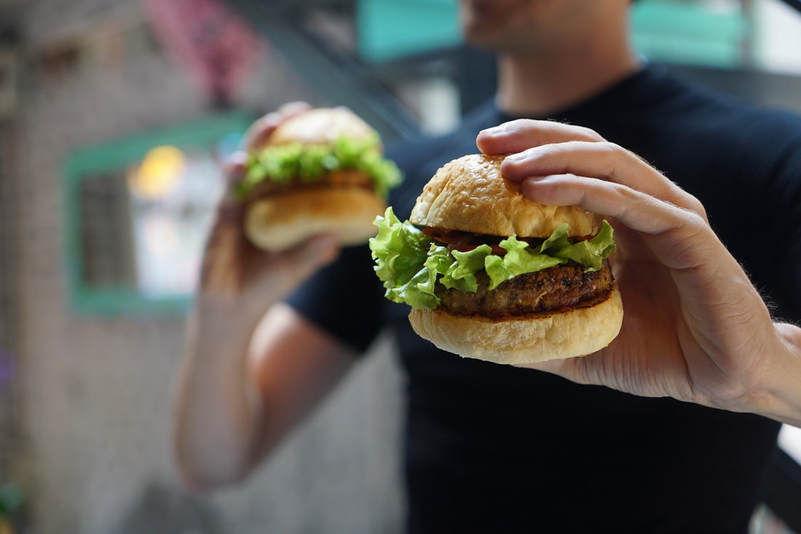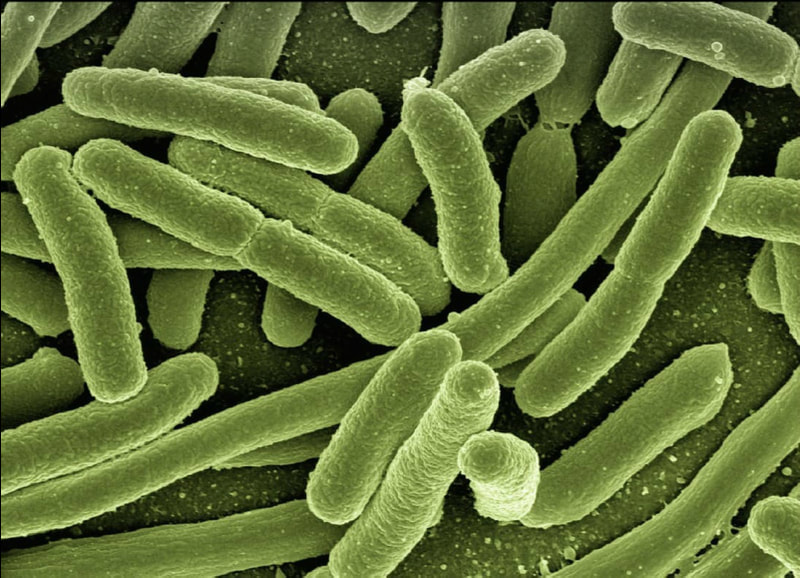How the Brain Recognizes Food: Does Weight Have an Effect?
When people think about whether to reach for an apple or a bag of chips, how they view food is greatly influenced by their physical health and how their brains have been trained to view food.
Semantic memory is a component of long term memory that helps people recognize daily objects. This memory is what helps them differentiate a fork from a spoon or remember everyday activities such as knowing that socks go on feet. In fact, the semantic memory helps people identify objects based on two categories. Senses based on observation, such as smell, taste, sight, touch, or hearing, are used to identify natural items like plants. Functionality, on the other hand, such as whether something is used for school or for transportation, is more considered when recognizing man-made objects such as computers and cars. Nevertheless, what about food? Because foods can be both natural or specifically used for a purpose, such as a banana naturally grown from trees or a birthday cake used for celebrations, respectively, how does a person's brain categorize and recognize it?
Recently, a team of researchers in Italy tried to find exactly how the state of a person’s food, specifically how natural or processed it is, influences whether his or her brain recognizes the food through sensory observations or associations to functionality. They also wanted to determine if and, more importantly, how the state of a person’s health based on body mass indexes had any further effect on this process.
For their experiment, the team performed three separate trials, each with a different group of participants: a healthy weight group of 18 native Italian speakers, an underweight group of 14 Italian women, and an overweight group of another 14 Italian women. In each trial, the participants were presented with a picture of a specific food and a sentence, in various combinations. The picture either showed a natural food such as a banana or a processed food such as pizza. The sentence either appealed to one’s senses (e.g. it tastes sweet) or described a specific function (e.g. it can be packed in a school lunch).
Semantic memory is a component of long term memory that helps people recognize daily objects. This memory is what helps them differentiate a fork from a spoon or remember everyday activities such as knowing that socks go on feet. In fact, the semantic memory helps people identify objects based on two categories. Senses based on observation, such as smell, taste, sight, touch, or hearing, are used to identify natural items like plants. Functionality, on the other hand, such as whether something is used for school or for transportation, is more considered when recognizing man-made objects such as computers and cars. Nevertheless, what about food? Because foods can be both natural or specifically used for a purpose, such as a banana naturally grown from trees or a birthday cake used for celebrations, respectively, how does a person's brain categorize and recognize it?
Recently, a team of researchers in Italy tried to find exactly how the state of a person’s food, specifically how natural or processed it is, influences whether his or her brain recognizes the food through sensory observations or associations to functionality. They also wanted to determine if and, more importantly, how the state of a person’s health based on body mass indexes had any further effect on this process.
For their experiment, the team performed three separate trials, each with a different group of participants: a healthy weight group of 18 native Italian speakers, an underweight group of 14 Italian women, and an overweight group of another 14 Italian women. In each trial, the participants were presented with a picture of a specific food and a sentence, in various combinations. The picture either showed a natural food such as a banana or a processed food such as pizza. The sentence either appealed to one’s senses (e.g. it tastes sweet) or described a specific function (e.g. it can be packed in a school lunch).
Image Source: KathrinPie
In order to collect and analyze their data, the team relied on measuring the size of specific signals in the brain called N-400, similar to event related potentials (ERP’s). ERP’s are measurable responses in the brain and are induced by a wide variety stimuli including visual cues, object recognition, and emotions. Based on the data, the researchers found that healthy-weight participants related more natural foods to sensory observations and more processed foods to having specific functions. Comparatively, underweight participants tied both natural and transformed foods to function, while overweight participants associated both types of food with their senses.
Through this experiment, the team not only supported their hypothesis that the two different types of food would determine how participants recognized them, but also found that one’s level of weight also had a bearing. Generally, people recognize unprocessed foods in the same way they identify natural objects and recognize more transformed foods similar to how they identify man-made objects. Being underweight or overweight, however, can skew the identification process.
Although the team’s research considered only a few factors when considering people’s food choices and did not explain what specific pathways the human brain used to recognize and categorize food, their findings seem to provide insight on how different types of food can play a role in cognition. Additionally, the conclusion that a person’s weight can have an effect on their perception of food provides opportunity for further research on how people can train their brains to view food more in more healthy ways.
Through this experiment, the team not only supported their hypothesis that the two different types of food would determine how participants recognized them, but also found that one’s level of weight also had a bearing. Generally, people recognize unprocessed foods in the same way they identify natural objects and recognize more transformed foods similar to how they identify man-made objects. Being underweight or overweight, however, can skew the identification process.
Although the team’s research considered only a few factors when considering people’s food choices and did not explain what specific pathways the human brain used to recognize and categorize food, their findings seem to provide insight on how different types of food can play a role in cognition. Additionally, the conclusion that a person’s weight can have an effect on their perception of food provides opportunity for further research on how people can train their brains to view food more in more healthy ways.
Featured Image Source: FreeToUseSounds
RELATED ARTICLES
|
Vertical Divider
|
Vertical Divider
|
Vertical Divider
|






